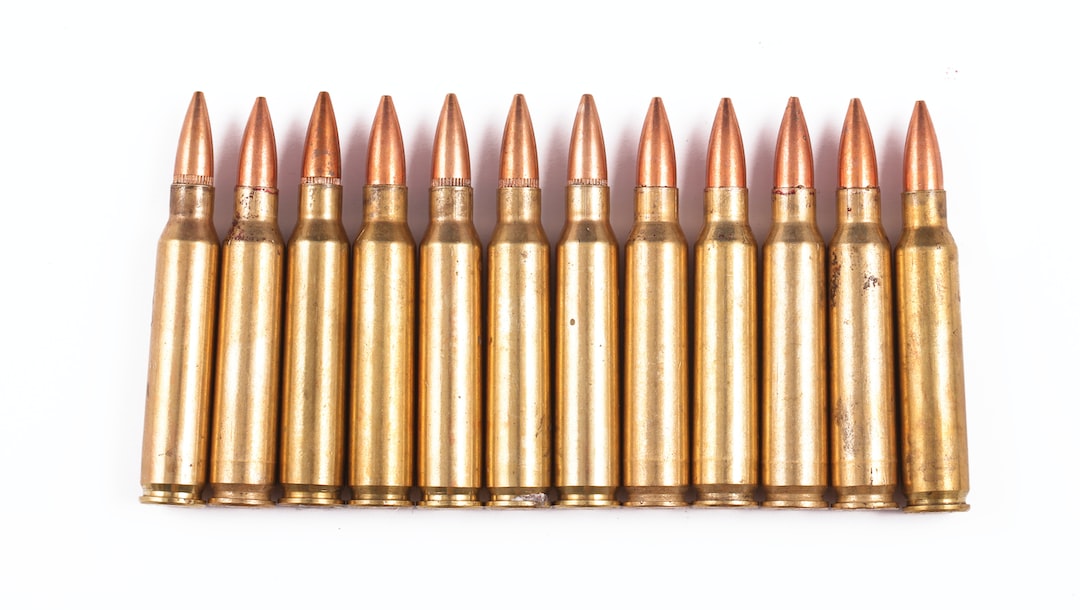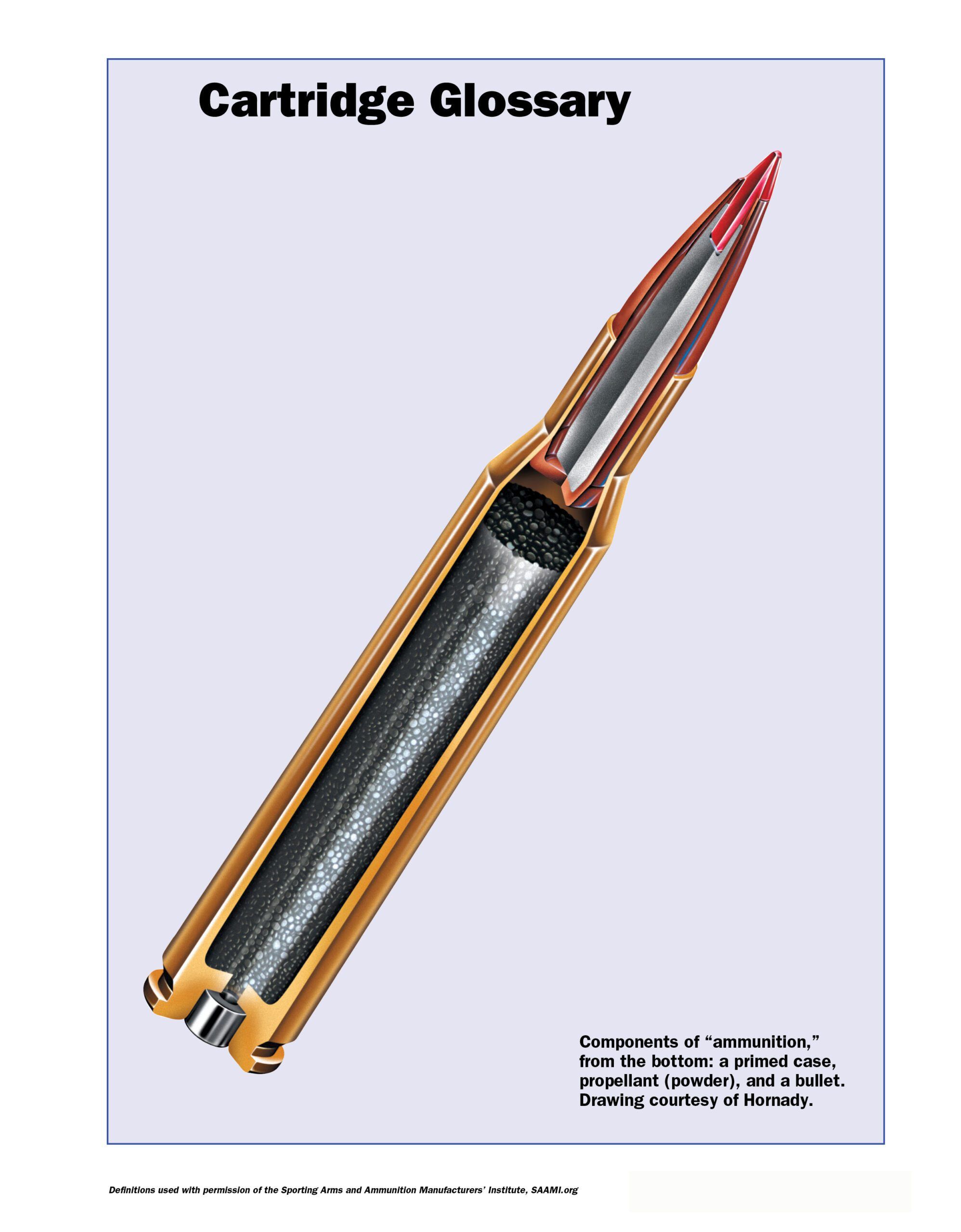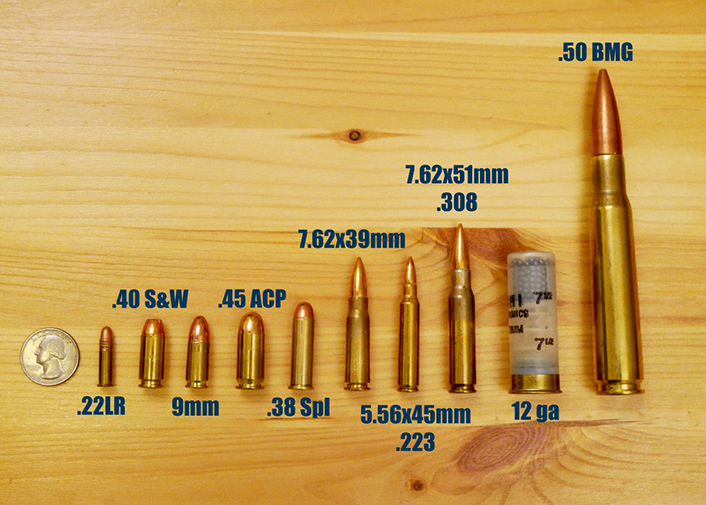The Ultimate Guide To Ammunition Pro Llc
The Ultimate Guide To Ammunition Pro Llc
Blog Article
The Buzz on Ammunition Pro Llc
Table of ContentsFacts About Ammunition Pro Llc RevealedAmmunition Pro Llc Fundamentals ExplainedAmmunition Pro Llc Things To Know Before You Get ThisThe smart Trick of Ammunition Pro Llc That Nobody is Talking AboutHow Ammunition Pro Llc can Save You Time, Stress, and Money.
The fundamental parts of ammunition are the exact same for rifle, pistol, and shotgun ammunition. Today we're looking at the what the basic components of ammunition are and how they function together to terminate a round.It houses the guide and powder. The bullet is seated in the open end of the situation. When you discharge a bullet out of a semi-auto weapon, the gun's extractor lifts the instance from the shooting chamber and it flies out of the gun. The situation is also occasionally referred to as coverings, brass, or cases.
A weapon's shooting pin strikes a cartridge's guide. The guide is a metal mug that holds an eruptive chemical compound. When the firing pin strikes the primer cap, it squashes the priming compound against the anvil. This develops a small explosion in the event that fires up the propellant. The guide lies in the rim of the situation of a rimfire cartridge.
An Unbiased View of Ammunition Pro Llc
The two common kinds of guides in centerfire cartridges are Berdan and Fighter guides. Gunpowder alongside the situation that typically includes it. Powder, likewise referred to as propellant or gunpowder, is a fast-burning chemical mixture. The guide explosion ignites it. It is normally a combination of saltpeter, charcoal, and sulfur.

We call the projectiles for shotshells, which we terminate through shotguns, slugs and shot. Currently that you have a standard understanding of the basic parts of ammunition, you can feel a little bit much more confident in how your weapon and ammo function!.
Ammunition Pro Llc Fundamentals Explained
Stay on top of Special Deals, Advance Notice of Sales, and Shop Events
Fun fact: Grains are used to define the mass of a bullet due to the fact that completely back in the very early days of weapons, it was a dispenser's system of dimension, and a common action was needed to identify how much lead to use to make actors lead bullets (Shooting Supplies). 'Grains' as a system of action for weight copulates back to old times, and represents the weight of a grain of wheat

(https://smartdir.org/Ammunition-Pro-LLC_339835.html)For reference, the weight of a paper clip has to do with 16 gr. So, we understand that grains are a measure of mass, and a lot more = much heavier, and heavy is great, right? Yes, heavy is excellent, yet mass of the projectile isn't the only thing you need to think about when picking a round for your gun.
The 9-Second Trick For Ammunition Pro Llc
Enjoyable reality, this is the beginning of the term "Rifle" ex-spouse. The effect this spin has on projectiles is a maintaining one the bullet turning maintains the nose aimed directly, in the same means that a flawlessly spiraled football toss is going to be much extra steady and accurate in flight than a hideous duck, end over end toss.
How does this relate to grain weight? Envision you're on one of those play area carousels, the ones with bars you hold on to while it spins.
The exact same result occurs with bullets. The larger the projectile, the more effect a quicker rotate will have on it.
Ammunition Pro Llc for Dummies
However there's an additional factor that we need to think about when picking a grain weight for our ammo. As hinted at above, bullet rate, or the rate of the projectile, is a significant element when identifying the very best grain weight projectile to utilize. Speed is affected by a few significant factors, including the kind and amount of propellant (gunpowder), barrel size, and bullet weight.

One of the most usual grain weight rounds for 9x19mm cartridges are 115gr and 124gr. These are generally lead core, totally jacketed (FMJ) rounds. Both of these grain weight cartridges will certainly carry out well in manufacturing facility 9mm pistols, to typical pistol ranges (up to 50 backyards). 115 grain rounds are the most usual (and consequently least costly).
Report this page